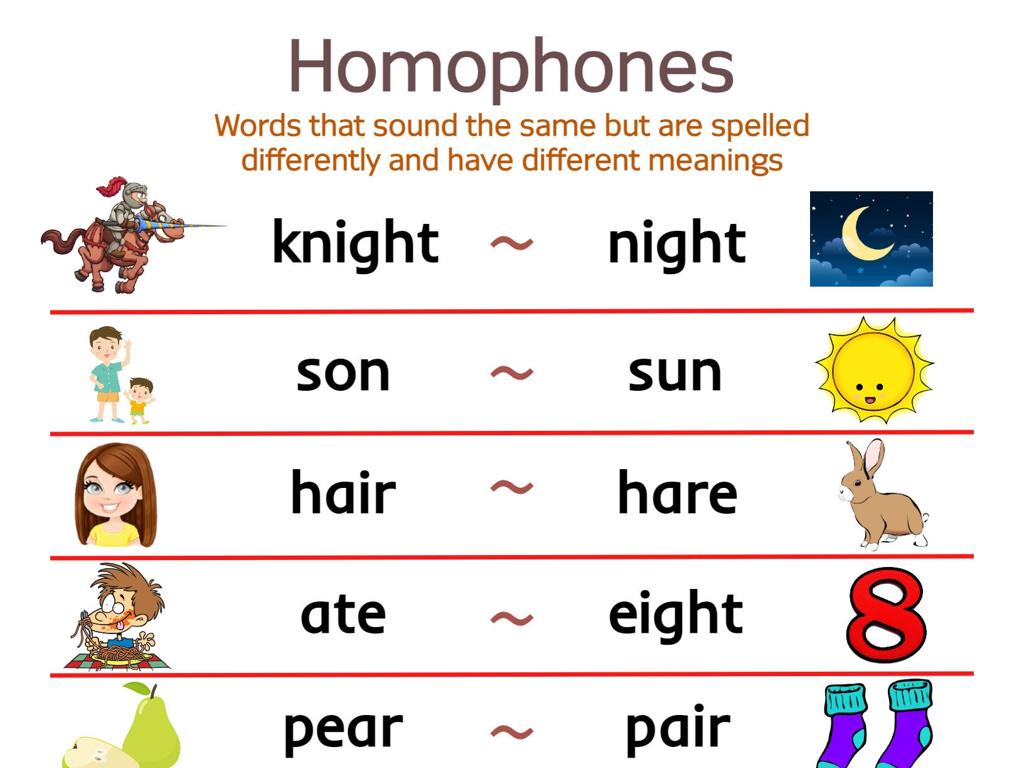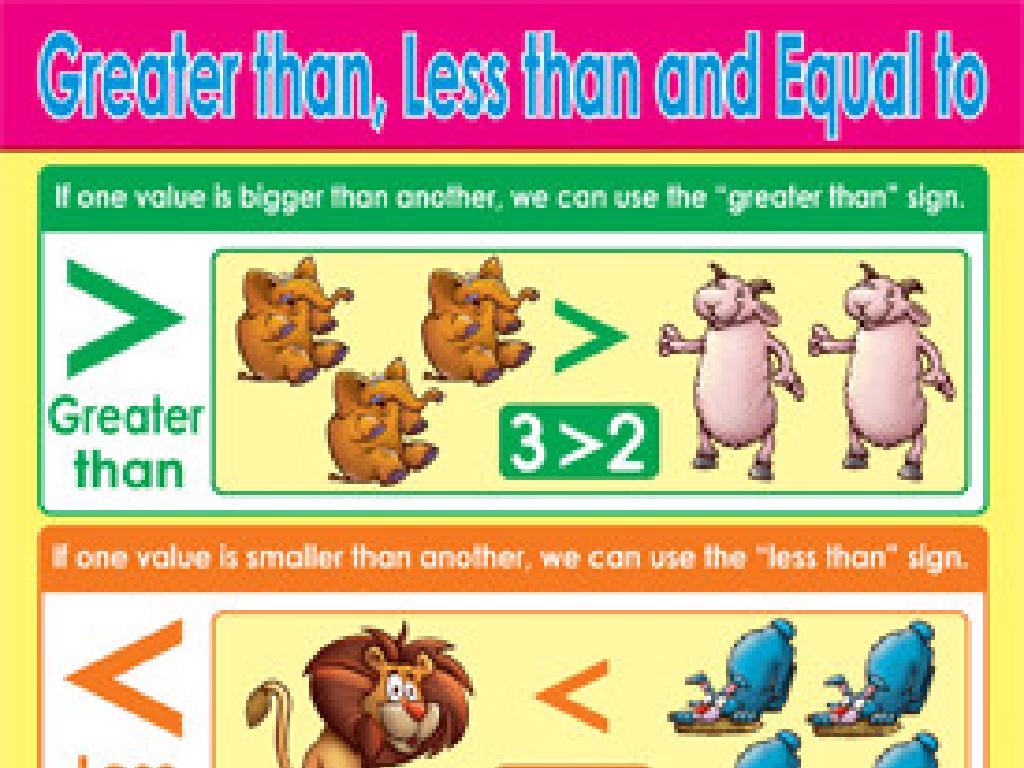The Civil War: The Conclusion Of The War
Subject: Social studies
Grade: Seventh grade
Topic: The Civil War
Please LOG IN to download the presentation. Access is available to registered users only.
View More Content
The Civil War’s Conclusion: A Turning Point in History
– Recap of the Civil War’s climax
– Review major battles and turning points leading to the end
– Significance of the war’s end
– Emphasize the impact on the nation and emancipation
– The final years: A brief overview
– Discuss key figures and events from 1864-1865
– Preview of today’s lesson
|
This slide introduces the final chapter of the Civil War, setting the stage for a deeper dive into the events that led to the conclusion of this pivotal conflict in American history. Begin with a brief recap of the key events and battles that turned the tide in favor of the Union. Highlight the significance of the war’s end, including the preservation of the Union and the path towards the abolition of slavery. Provide a snapshot of the final years of the war, focusing on the strategies and outcomes of the major confrontations. The lesson preview will outline what students will learn about the war’s final years, including the surrender at Appomattox Court House and the assassination of President Lincoln. Encourage students to think critically about how these events shaped the nation’s future.
The Civil War: Major Battles and Conclusion
– Battle of Gettysburg impact
– Turning point of the war, Union victory
– Siege of Vicksburg significance
– Gave the Union control of the Mississippi River
– Fall of Atlanta
– Major railroad hub, its capture split the Confederacy
– Sherman’s March to the Sea
– Devastated the South’s war resources, hastened the end
|
This slide aims to highlight the pivotal battles towards the end of the Civil War and their impacts on the outcome of the war. The Battle of Gettysburg is often considered the turning point of the Civil War, with the Union army’s victory marking the decline of Confederate forces. The Siege of Vicksburg was strategically important as it gave the Union army control over the Mississippi River, effectively splitting the Confederacy in two. The fall of Atlanta was significant due to the city’s status as a transportation hub; its loss greatly hindered the Confederacy’s ability to wage war. Lastly, General Sherman’s March to the Sea is notable for its scorched earth policy, which aimed to cripple the South’s war effort. Students should understand how these events contributed to the eventual Union victory and the conclusion of the Civil War. Encourage students to consider the broader effects of these battles on the war’s outcome and on the United States as a whole.
The Role of Leadership in the Civil War’s Conclusion
– Comparing Grant vs. Lee’s leadership
– Grant’s aggressive tactics vs. Lee’s strategic defense
– Leadership impact on war’s outcome
– Key decisions that led to the Union’s victory and Confederacy’s defeat
– Understanding the act of surrender
– The significance of surrendering during the Civil War
– Implications of surrender for both sides
– How surrender led to the Union’s reunification and the end of the Confederacy
|
This slide aims to delve into the contrasting leadership styles of Ulysses S. Grant and Robert E. Lee and how their decisions influenced the Civil War’s conclusion. Grant, known for his relentless offense, and Lee, for his tactical defense, both played pivotal roles in their respective sides. Students should analyze key decisions made by these leaders and discuss how they steered the outcome of the war. Additionally, the concept of surrender, particularly Lee’s surrender at Appomattox Court House, marked a significant turning point in the war, leading to the end of the Confederacy and the beginning of the Reconstruction era. Encourage students to consider the broader implications of surrender, including its psychological impact on soldiers and the nation’s future.
The Surrender at Appomattox
– Events leading to Appomattox surrender
– Union forces cornered Lee’s army, leading to surrender on April 9, 1865.
– Terms of surrender at Appomattox
– Lee’s troops were paroled and allowed to keep personal possessions.
– Fairness of the surrender terms
– Grant’s terms were generous to maintain peace and unity.
– Reactions from soldiers and civilians
– Mixed emotions of relief, sadness, and hope for the future.
|
This slide covers the pivotal moment of the Civil War’s conclusion with the surrender at Appomattox Court House. Discuss the strategic military maneuvers by Union forces that led to General Robert E. Lee’s surrender to Ulysses S. Grant. Highlight the terms of surrender, which were designed to be fair and promote healing, allowing Confederate soldiers to return home with their personal belongings and horses. Emphasize the importance of these terms in setting a tone for reconciliation. Explore the varied reactions of soldiers who were relieved the war was over, civilians who were hopeful for the nation’s future, and those who mourned the loss and devastation. This discussion will help students understand the complexities of war’s end and the beginnings of reconstruction.
The Aftermath of the Civil War
– Immediate effects post-war
– The nation faced devastation, loss, and the challenge of integrating freed slaves.
– Long-term national consequences
– Long-term effects included economic disparity and social changes that shaped future policies.
– Introduction to Reconstruction
– Reconstruction was the period of rebuilding the South and integrating African Americans into society.
– Challenges faced during Reconstruction
– Challenges included resistance to change, economic hardship, and political turmoil.
|
This slide aims to help students grasp the complex aftermath of the Civil War, including the immediate and long-term effects on the nation. Emphasize the scale of devastation and the human cost of the war, as well as the significant task of rebuilding the South and integrating freed slaves into American society. Discuss the long-term consequences, such as economic and social changes, that influenced future generations. Introduce the concept of Reconstruction, a critical period that aimed to address these challenges but faced significant opposition and difficulties. Encourage students to consider how these events have shaped the nation’s history and continue to influence American society today.
Reflecting on the Civil War’s Legacy
– Reflect on the Civil War’s human cost
– Consider lives lost and societal changes
– Discuss the war’s impact on today’s America
– How historical events shape current policies and society
– Encourage student questions and thoughts
– Understand the war’s lasting effects
– Explore how the war influences modern views on freedom and equality
|
This slide aims to engage students in a thoughtful reflection on the profound human cost of the Civil War, including the lives lost and the long-term societal changes it caused. Facilitate a discussion on how the outcomes of the war have continued to influence modern American society, politics, and culture. Encourage students to ask questions and share their thoughts to foster an interactive learning environment. Highlight the importance of understanding history to appreciate its lasting effects on our present-day views on freedom, equality, and national identity. This discussion can help students connect historical events to contemporary issues.
Role-Play Activity: The Surrender at Appomattox
– Divide into Union and Confederacy groups
– Role-play negotiation and surrender terms
– Discuss emotions during the surrender
– Consider feelings of relief, defeat, hope, or despair
– Reflect on the impact of surrender
– How did the surrender shape the nation’s future?
|
This class activity is designed to help students empathize with the historical figures and understand the gravity of the Civil War’s conclusion. By dividing the class into Union and Confederacy groups, students will engage in a role-play to recreate the negotiation and terms of surrender that took place at Appomattox Court House. Encourage students to discuss and express what each side might have felt during the surrender, such as relief, defeat, hope, or despair. After the role-play, lead a discussion on how this surrender impacted the nation’s future and the process of healing and reconstruction that followed. Possible activities include writing a diary entry from a soldier’s perspective, creating a mock newspaper article about the surrender, or drawing a comic strip of the events leading to the surrender.
Wrapping Up: The Civil War’s End
– Recap of today’s key lessons
– Homework: Soldier’s diary entry
– Imagine being a soldier; express thoughts and emotions about the war ending.
– Anticipate: The Reconstruction Era
– What changes might come after the war?
– Reflect on the war’s impact
|
As we conclude today’s lesson on the Civil War, ensure students have grasped the main events leading to the end of the war. For homework, they should write a diary entry as if they were a Civil War soldier on the last day of the conflict, reflecting on their experiences and the war’s conclusion. This exercise will help them empathize with historical figures and understand the human aspect of war. Next class, we will begin discussing the Reconstruction Era, which followed the Civil War, and explore how the United States began to heal and rebuild. Encourage students to think about the lasting effects of the war on the country and its people.






